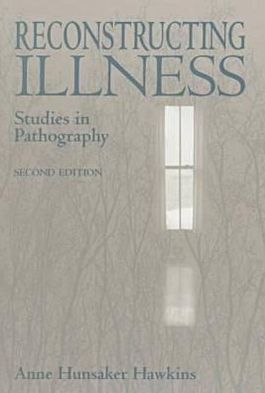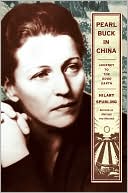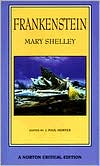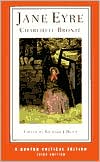Reconstructing Illness: Studies in Pathography
Serious illness and mortality, those most universal, unavoidable, and frightening of human experiences, are the focus of this pioneering study, which has been hailed as a telling and provocative commentary on our times. As modern medicine has become more scientific and dispassionate, a new literary genre as emerged: pathography, the personal narrative concerning illness, treatment and sometimes death. Hawkins's sensitive reading of numerous pathographies highlights the assumptions, attitudes,...
Search in google:
Serious illness and mortality, those most universal, unavoidable, and frightening of human experiences, are the focus of this pioneering study, which has been hailed as a telling and provocative commentary on our times. As modern medicine has become more scientific and dispassionate, a new literary genre as emerged: pathography, the personal narrative concerning illness, treatment and sometimes death. Hawkins's sensitive reading of numerous pathographies highlights the assumptions, attitudes, and myths that people bring to the medical encounter. One factor emerges again and again in these "case studies": the tendency in contemporary medical practice to focus primarily not on the needs of the individual who is sick but on the condition that we call disease. Recommended for medical practitioners, the clergy, caregivers, students of popular culture, and the general reader, Reconstructing Illness demonstrates that "only when we hear both the doctor's and the patient's voice will we have a medicine that is truly human."Publishers WeeklyHawkins, an associate professor of humanities at Pennsylvania State University School of Medicine, argues convincingly that today's ``pathographies,'' or first-person written accounts of experiences with disease, are replacing the stories of religious conversion that were popular in earlier eras. She posits that each of these works chooses one of three central themes to make sense out of impending death. One theme views death and illness as a battle or journey to be undertaken; a second is framed as a quest for ``the good death''; the third posits the belief that patients can take responsibility for their own recovery. Sources such as Paul Monette's Borrowed Time and Gilda Radner's comic autobiography back up these theories, but sometimes Hawkins flits from one work to the next without lending the reader any complex understanding of them. Furthermore, the organization of the three types of pathography into separate chapters does not allow for the possibility that some books fall into more than one category. However, the observations about contemporary culture and our feelings about death and illness are plausible and intriguing, and the writing is clear. (June)
Preface to the First EditionPreface to the Second EditionAcknowledgmentsCh. 1Introduction1Ch. 2The Myth of Rebirth and the Promise of Cure31Ch. 3Myths of Battle and Journey61Ch. 4Constructing Death: Myths about Dying91Ch. 5Healthy-Mindedness: Myth as Medicine125Ch. 6Pathographies and Ideological Myth in the 1990s159Appendix191Notes227References249Index277
\ Publishers Weekly\ - Publisher's Weekly\ Hawkins, an associate professor of humanities at Pennsylvania State University School of Medicine, argues convincingly that today's ``pathographies,'' or first-person written accounts of experiences with disease, are replacing the stories of religious conversion that were popular in earlier eras. She posits that each of these works chooses one of three central themes to make sense out of impending death. One theme views death and illness as a battle or journey to be undertaken; a second is framed as a quest for ``the good death''; the third posits the belief that patients can take responsibility for their own recovery. Sources such as Paul Monette's Borrowed Time and Gilda Radner's comic autobiography back up these theories, but sometimes Hawkins flits from one work to the next without lending the reader any complex understanding of them. Furthermore, the organization of the three types of pathography into separate chapters does not allow for the possibility that some books fall into more than one category. However, the observations about contemporary culture and our feelings about death and illness are plausible and intriguing, and the writing is clear. (June)\ \ \ \ \ BooknewsStudies the myths, attitudes, and assumptions that inform the way we deal with illness. Begins with an analysis of a popular literary genre, recent biographies and autobiographies that describe experiences of illness, and evolves into a discussion of issues in contemporary medical practice. This second edition contains a new final chapter surveying pathographies that have appeared since the first edition (1992), and suggesting two additional illness myths. Annotation c. by Book News, Inc., Portland, Or.\ \








